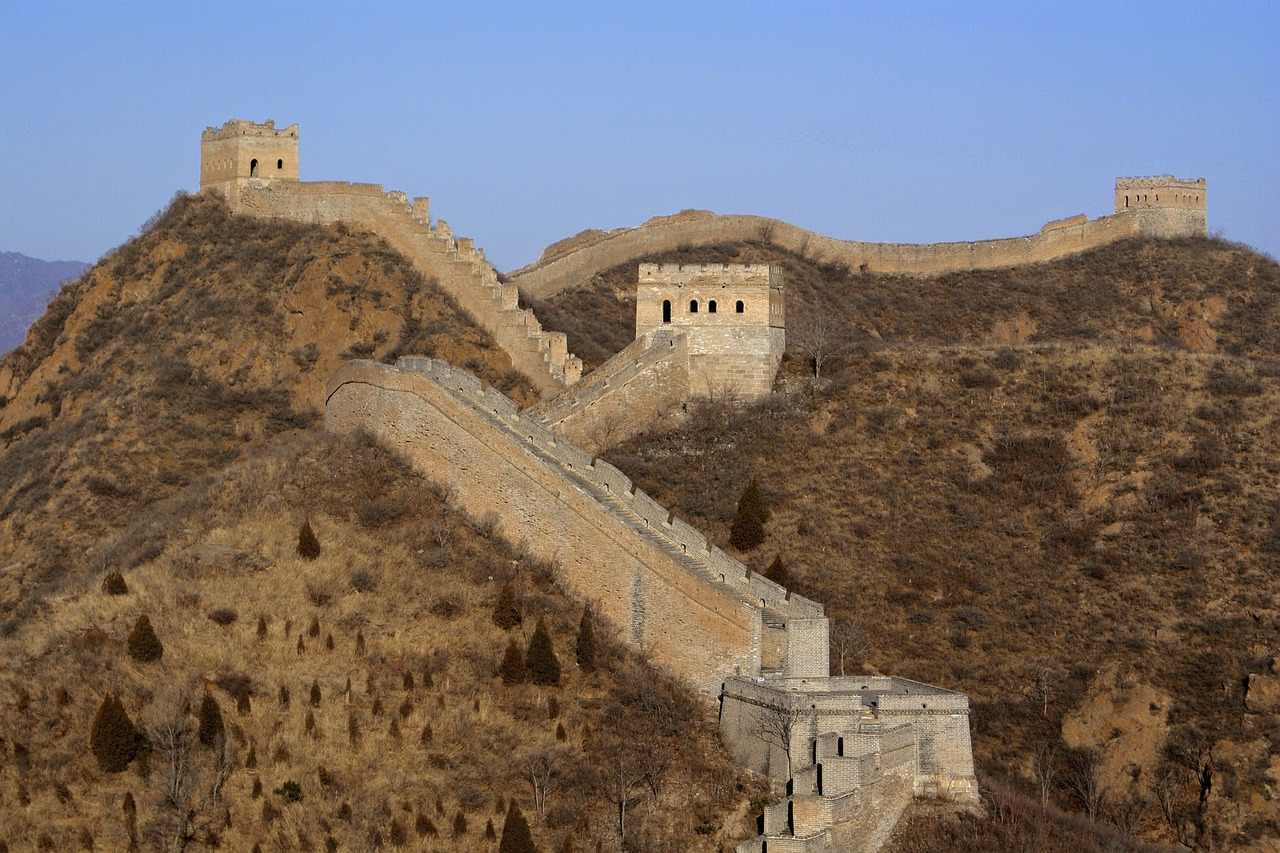Unit 9: Empires in India, China, and Japan (220s B.C-A.D.1800s) Overview
Unit 9: Empires in India, China, and Japan (220s B.C-A.D.1800s)

Unit 9: Empires in India, China, and Japan (220s B.C-A.D.1800s)

Unit 9: Empires in India, China, and Japan (220s B.C-A.D.1800s)
This unit emphasizes the history and contributions of the Asian civilizations of India, China, and Japan.
India and China are the sources of the greatest civilizations in Eastern and Southern Asia. Their rulers saw themselves as universal monarchs, thereby matching the pretensions of the Roman Emperors in the West. The only drawbacks to their historical priority were that India suffered a setback, when the Indus Valley Civilization collapsed (for disputed reasons), and China got started later than the Middle Eastern civilizations. By the time India recovered, it was a contemporary of Greece, rather than Sumeria, with many parallel cultural developments, like philosophy. And, curiously, China reached a philosophical stage of development in the same era, the 'axial age,' 800 to 400 BC. Later, when the West, India, and China all had contact with each other, it was at first India that had the most influence on China, through the introduction of Buddhism. Indian influence on the West, though likely through the skepticism of Pyrrho, and possibly evident in the halos of Christian saints (borrowed from Buddhist iconography), did not extend to anything more substantial -- unless the whole world-denying character of Christianity was due, as Schopenhauer might have thought, to Indian influence. While China then made Buddhism its own, India later endured the advent of Islâm, which introduced deep cultural and then political divisions into the Subcontinent. The only comparable development as distruptive in China was the application of Marxism by the Communist government that came to power in 1949. While China has now embraced a more liberal economic vision and has outgrown India, it retains the political dictatorship of Communism. India, with a successful history as a democracy, has found its growth hampered by socialist expectations and regulations (the stifling 'Licence Raj'), with some, but not enough, economic liberalization in the 1990's. Since the 19th century, if not earlier, however, emigrants from China and India have distinguished themselves with their entrepreneurial spirit and economic success, sometime dominating economies where they are then resented, often with violence, by the local majority. This is a valuable lesson, rarely noticed, for those who think that economic power is a function of political power, or that minorities are necessarily poor because of their powerlessness. Successful Chinese or Indians may be hated, or ignored, but never understood, in the bizzard of leftist ethnic ideology.
The idea that there are 'Three Kingdoms,' Sangoku, is a Japanese conceit, placing those peripheral islands on equal standing with the great centers of civilization, India and China. Until the 20th century, there would not have been a shadow of justification for that, except perhaps in subjective judgments about the creativity or originality of Japanese culture, which I am sure would be disputed by Koreans and Vietnamese. However, after a process of self-transformation sparked by American intervention, Japan leapt to the status of a Great Power by defeating Russia in 1905. The Empire then spent the next 40 years throwing its weight around, occupying Korea and invading China, ultimately taking on the United States in a disastrous bid for hegemony (1941-1945). Catastrophic defeat slowed Japan down a little, but by the 1980's, the country had vaulted to the highest per capita income in the world, with wealth and economic power that deeply frightened many, even in the United States. Japan remains the only Great Power, in economic terms (as the Japanese military establishment remains low profile), not directly derived from European civilization. Even after a decade of economic stagnation in the 1990's, Japan remained the second largest economy in the world (about 40% the size of the United States, more than 1.7 times the size of Germany, and finally reviving a bit in 2004), although in per capita terms declining from 3rd in the world in 2003 to 11th in 2007 [The Economist Pocket World in Figures, 2007 Edition]. However, by 2010 the economy of China had surpassed Japan in absolute size, although, of course, far behind Japan in per capita terms. China is thus in the position that Russia was in 1914 -- underdeveloped in per capita comparisons but the fourth largest economy in the world (after the United States, Germany, and Britain) because of its relative development and absolute size. The level of success of Japan, despite its relative decline, might still be thought to justify the Japanese view of themselves as unique, or at least special, certainly of the first order of geopolitical importance, giving us some motivation for the inclusion of Japan in a 'Sangoku' page.
Unit Focus
- rise of Indian culture
- contributions of the Indian civilization
- history of Japan
- Japanese culture and beliefs
- characteristics and contributions of Chinese dynasties
Vocabulary
Lesson Reading
Videos and Interactives (Click on Images to View Content)

